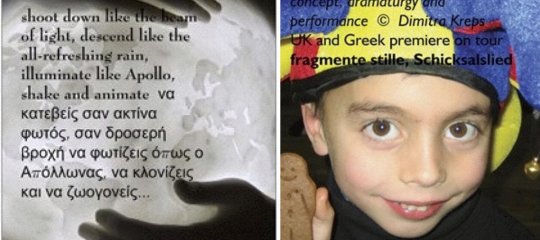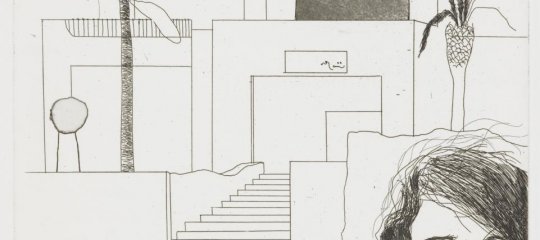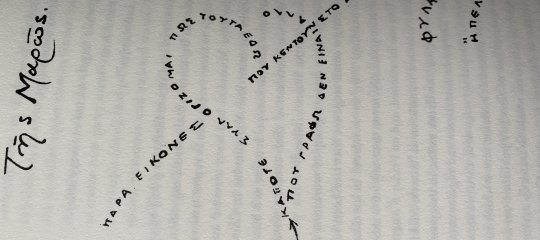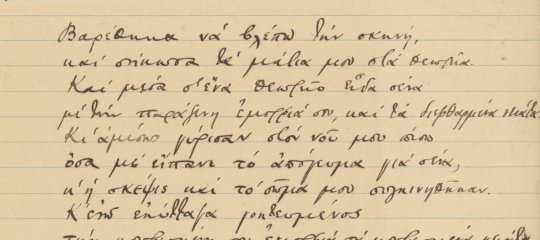Νέα έκδοση για την εκμάθηση της ελληνικής γλώσσας ως ξένης από τη ΝΕΟΗΕL
Νέα έκδοση για την εκμάθηση της ελληνικής γλώσσας ως ξένης από τη ΝΕΟΗΕL (Εταιρεία Νεοελληνικών – Ευρωπαϊκών Μελετών & Εκδόσεων)
1. Τελείως αρχάριοι: Ελληνικά για σας Α0 (Ανάγνωση - Γραφή - Προφορά – Τονισμός) από τις Ευαγγελία Γεωργαντζή - Ελεάνα Ραυτοπούλου
2. Αρχάριοι: Ελληνικά για σας Α1 (Υλικό σύμφωνο με το Κοινό Ευρωπαϊκό Πλαίσιο Αναφοράς για τις Γλώσσες (CEFR) και τα Νέα επίπεδα Ελληνομάθειας) από τις Ευαγγελία Γεωργαντζή - Ελεάνα Ραυτοπούλου - Λίνα Παϊδούση
Η σειρά περιλαμβάνει έντυπο, ηχητικό & διαδραστικό υλικό και κυκλοφορεί σε 5 δίγλωσσες εκδόσεις: Ελληνικά για σας Greek for you (ελληνικά – αγγλικά), Ελληνικά για σας Le grec pour vous (ελληνικά – γαλλικά), Ελληνικά για σας Греческий для вас (ελληνικά – ρωσικά), Ελληνικά για σας Sizin İçin Yunanca (ελληνικά – τουρκικά), Ελληνικά για σας Gjuha greke për ju (ελληνικά – αλβανικά).
Σύντομα θα κυκλοφορήσει το επίπεδο Α2
Το υλικό υλοποιήθηκε μέσα στα πλαίσια του προγράμματος Διά Βίου Παιδεία της Ε.Ε.
Συντονιστής :
NEOHEL- Εταιρεία Νεοελληνικών – Ευρωπαϊκών Μελετών & Εκδόσεων
Εταίροι:
Πανεπιστήμιο του Στρασβούργου (τμήμα Νεοελληνικών Σπουδών) - Γαλλία
Πανεπιστήμιο της Άγκυρας (τμήμα Νεοελληνικών Σπουδών) – Τουρκία
Πανεπιστήμιο της Μαριούπολης (τμήμα Νεοελληνικών Σπουδών) – Ουκρανία
Saint Lawrence - Το Βρετανικό Σχολείο στην Ελλάδα
Εκπαιδευτικός οργανισμός Vellaζerimi – Σχολείο Όμηρος Κορυτσάς - Αλβανία
Περισσότερες πληροφορίες: info@neohel.com
www.neohel.com www.greekforyou.eu










